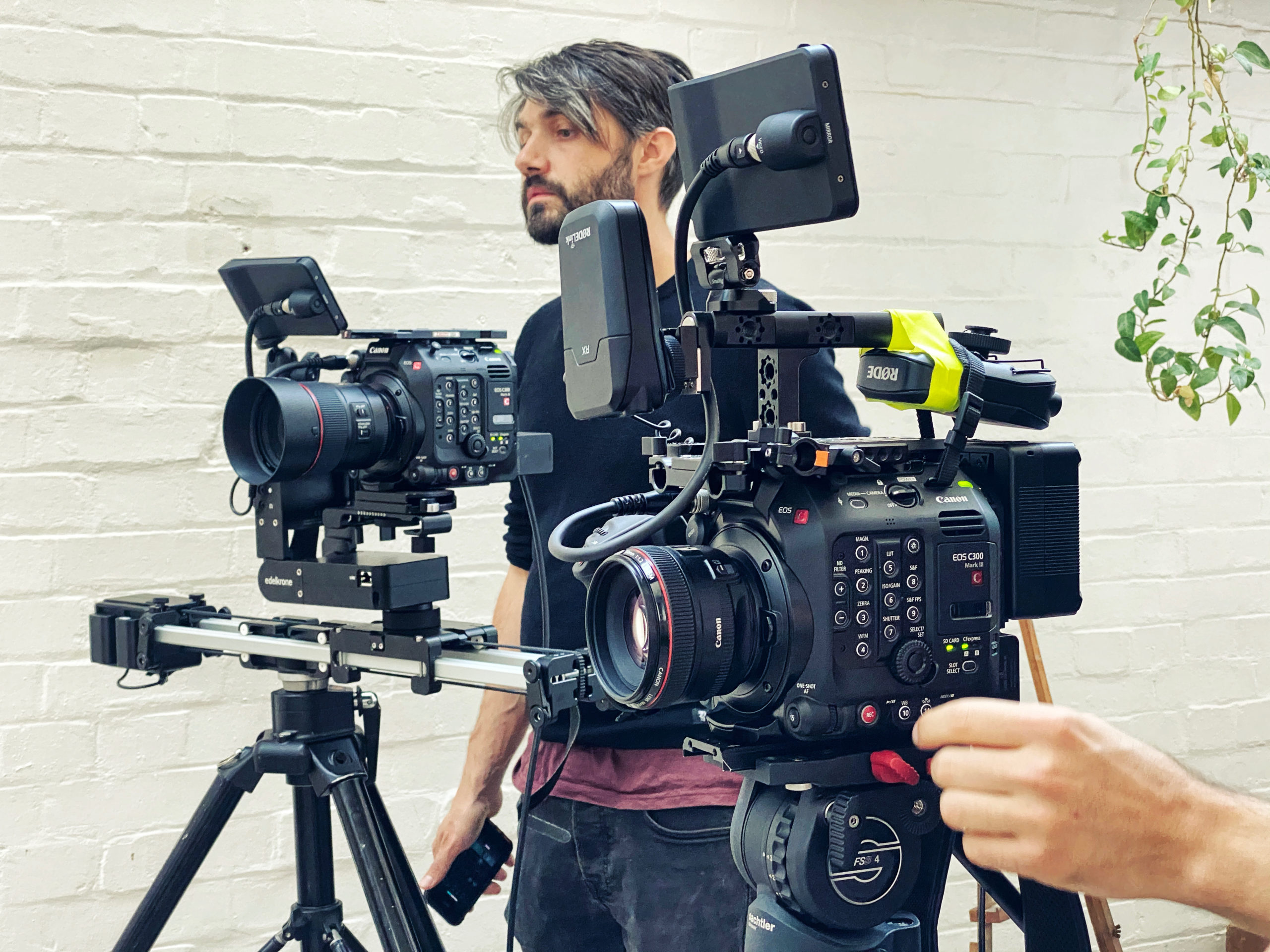Do you really need 4k? – All you need to know in 2021

There’s been a race on by camera manufacturers for the hearts and minds of content creators – The Resolution War. These days pretty much any consumer or professional camera can now shoot 4k (or UHD) and many are now exceeding this, some outputting 8k resolutions. However, during any race to get the best and brightest, it’s always worth pausing and asking, do I actually need this? Just because you can, doesn’t always mean you should…
So let’s break it down.
What is 4k?
When we talk about 4K we’re talking about a video image with the dimensions of 3840 pixels width x 2160 pixels height, as opposed to high definition (HD) which has a resolution of 1920 pixels across x 1080 pixels high. Essentially, 4K is an image which has 4 times greater an area than HD. In short, it’s a far more detailed picture.
4k is gaining popularity in acquisition (filming the content). Gone are the days of huge file sizes thanks to codecs such as H264 and the newer H265. So, the argument of ‘oh good lord my hard drives’ isn’t one that really stacks up in 2021. Thanks to newer processors and graphics cards, 4k can be more easily ingested and edited economically without the need for proxies. Although, bigger resolution doesn’t mean better quality. Many of these 4k video modes (especially in DSLRs) are usually possible at the expense of something else, whether that be colour information, auto focus, or both. Most of the time, there’s no such thing as a free lunch when it comes to 4k…
The Pros of 4k
In acquisition the pros are pretty straight forward: cropping and reframing in post-production. Stabilisation of jerky footage can remove up to 20% of your image. So, if you’re shooting in 4k but delivering in HD, this can be a lifesaver.
When it comes to viewing, the old ‘no one can actually watch 4k’ argument is quickly disappearing. Global tv sales the other year were around 220 million, and 108 million of those were for 4k sets. So, an audience that can consume 4k content does exist. Broadcasters are also starting to invest in 4k capabilities beyond sports and streaming services such as Netflix. Plus, Amazon now offer a fairly substantial library of 4k content. Although, having the ability to watch 4k and actually watching 4k are two very different things, primarily because TV isn’t the only means by which we consume our content anymore…enter the smartphone.
Smartphones and 4k
Chances are if you’re a content creator you’ll want to be creating work with a multi-platform approach. After all if you put all your eggs in to just one social media basket you limit your potential to reach new and varied audiences. In 2021, by not allowing your content to be phone-friendly is as good as keeping it on its own web-shelf gathering dust.
The vast majority of phones on the market aren’t anywhere near full 4k, and for a good reason, you simply won’t notice any difference. Comfortable viewing distances on a mobile device mean adding any more pixels to an average phone display is pretty pointless. (Those pixels are too small to actually be viewed.) The latest iPhone 11, the flagship model, has a resolution display of…2436×1125, that’s just slightly bigger than full HD.
So where does that leave us?
If you’re willing to make the small sacrifices, acquisition in 4k makes sense for the flexibility it affords in post production. Namely: cropping, reframing and stabilisation. However, when it comes to delivering that content it simply boils down to your intended platform and your own audience. Youtube? 4k makes perfect sense, but for Instagram and twitter, well, maybe not.
